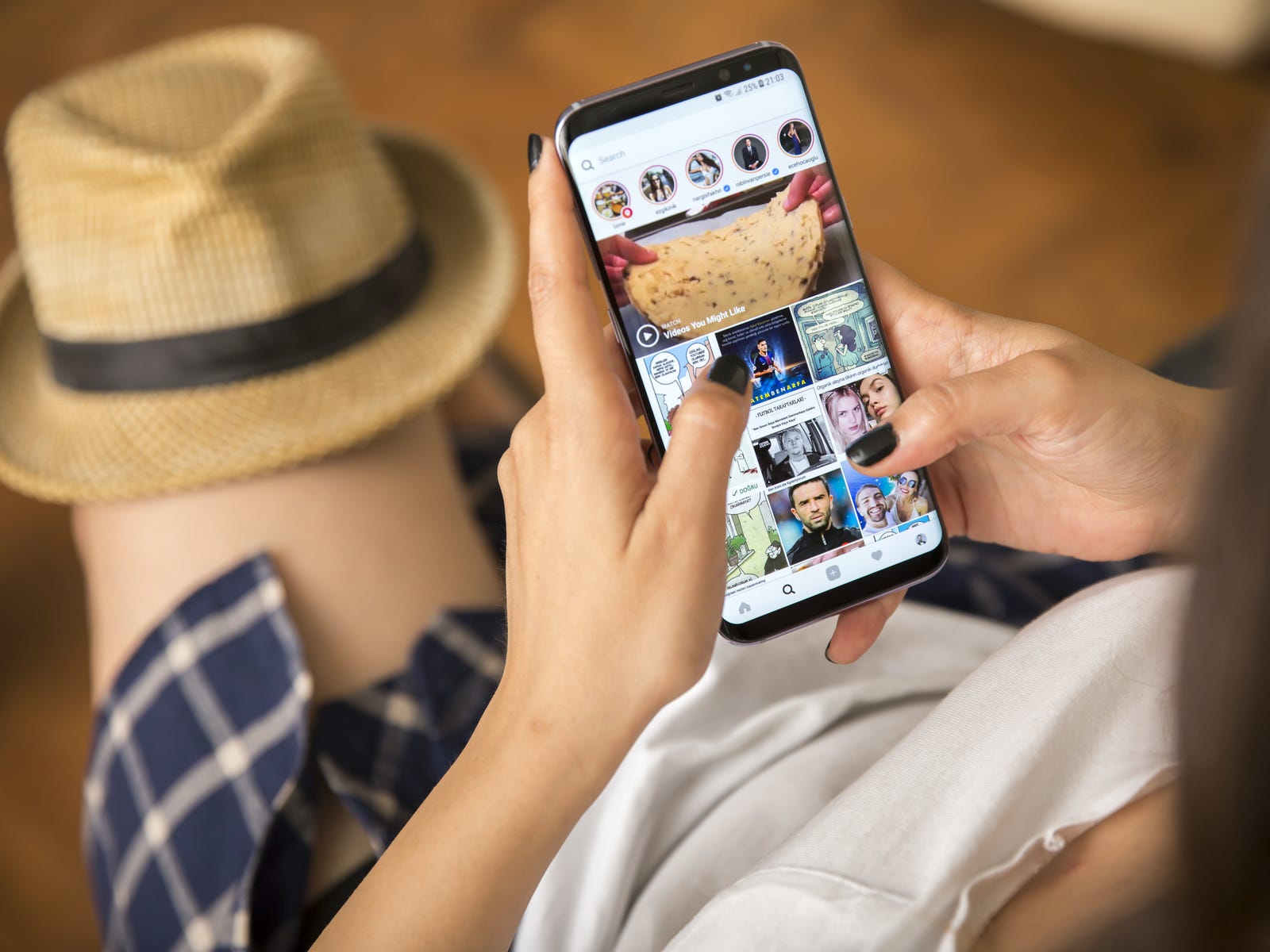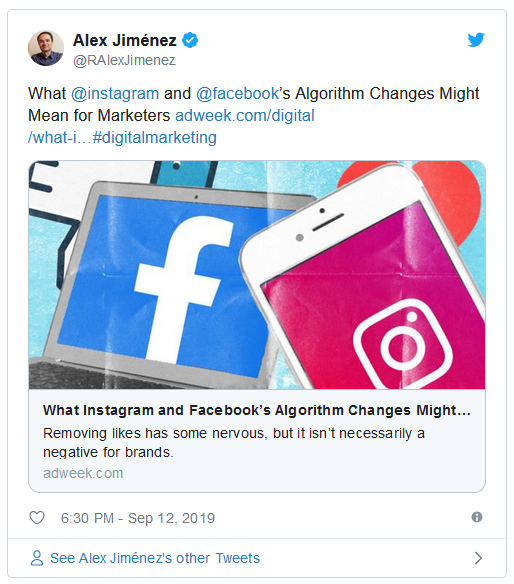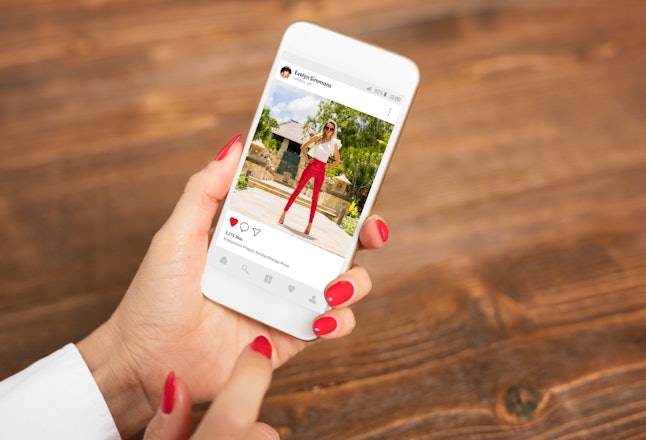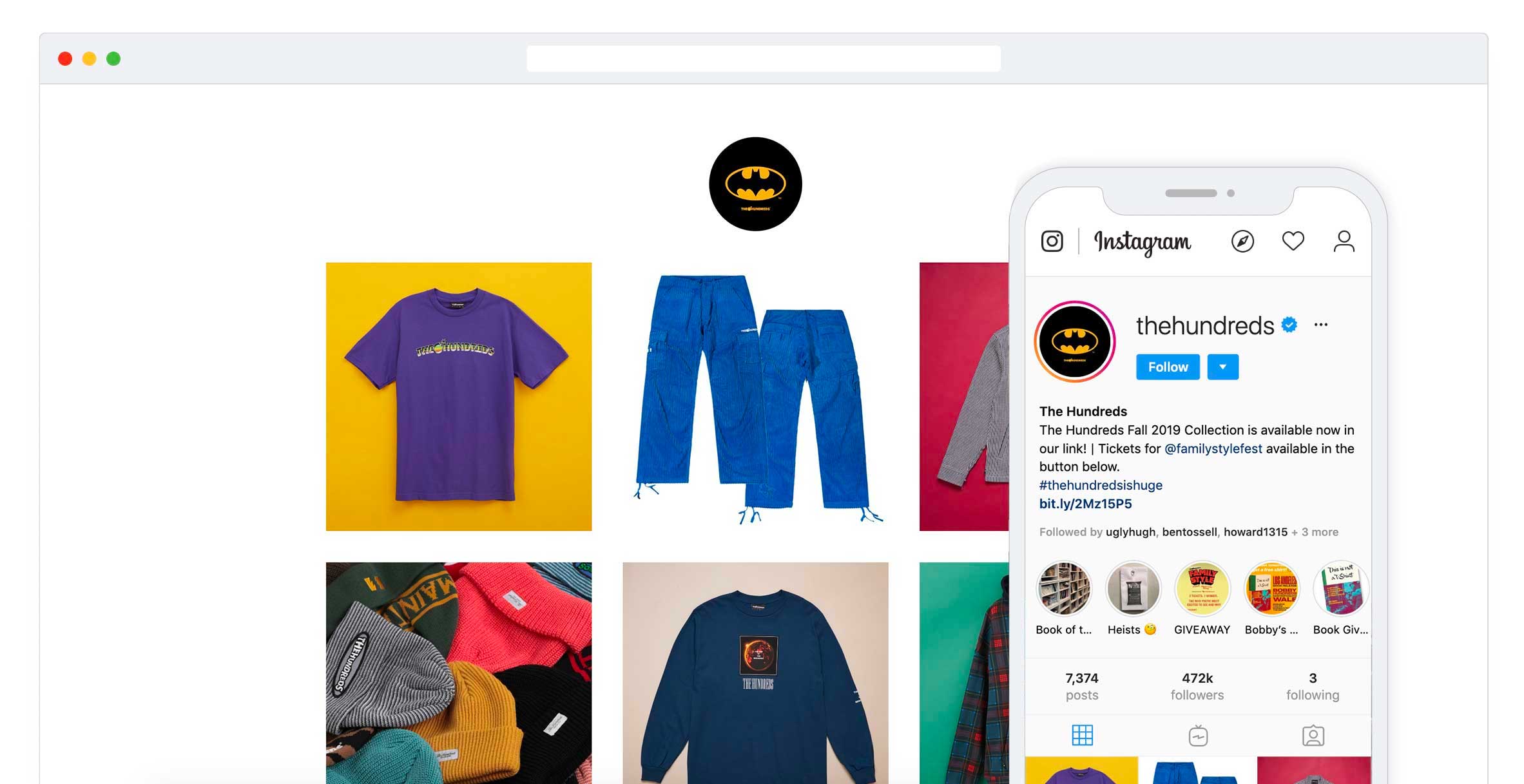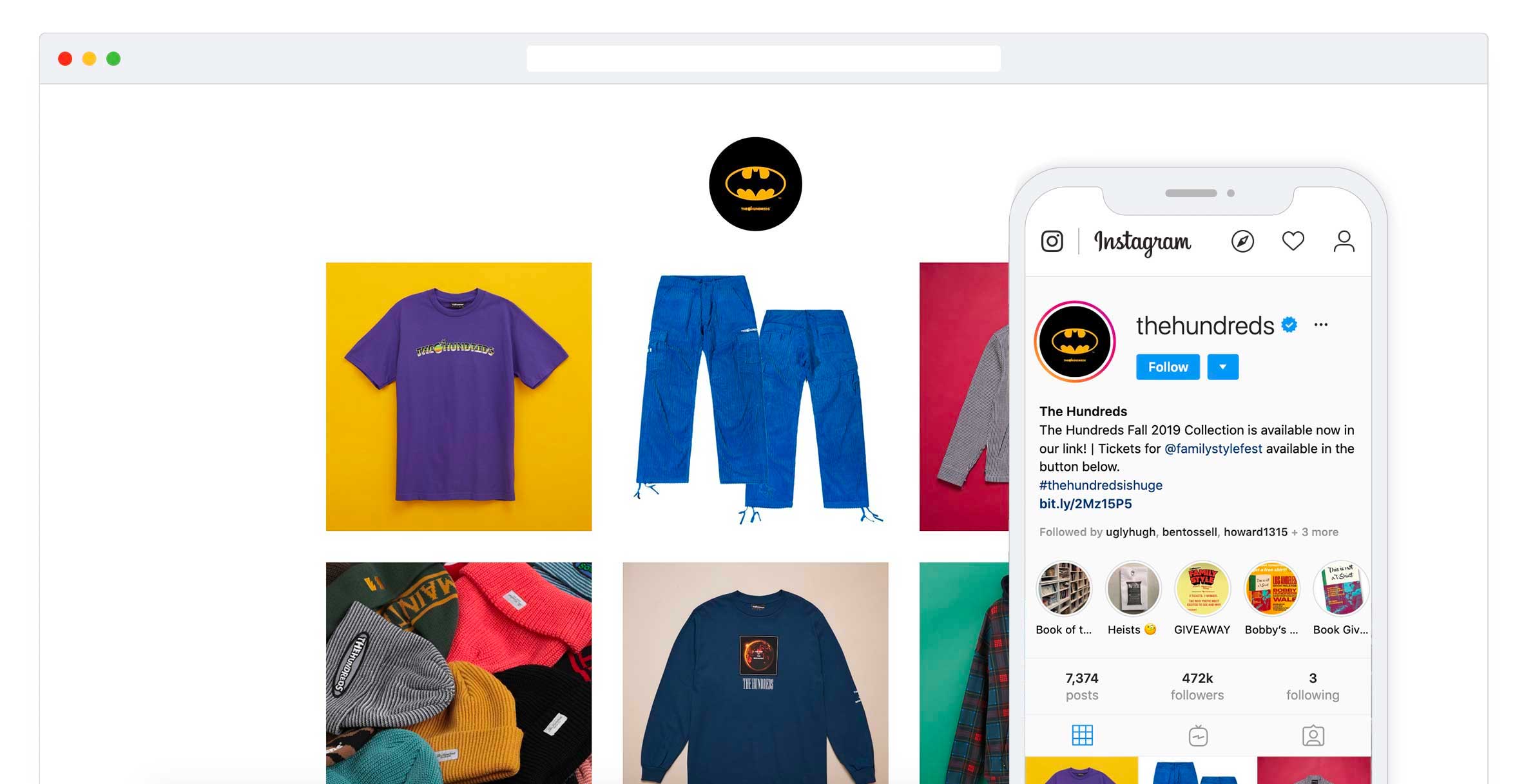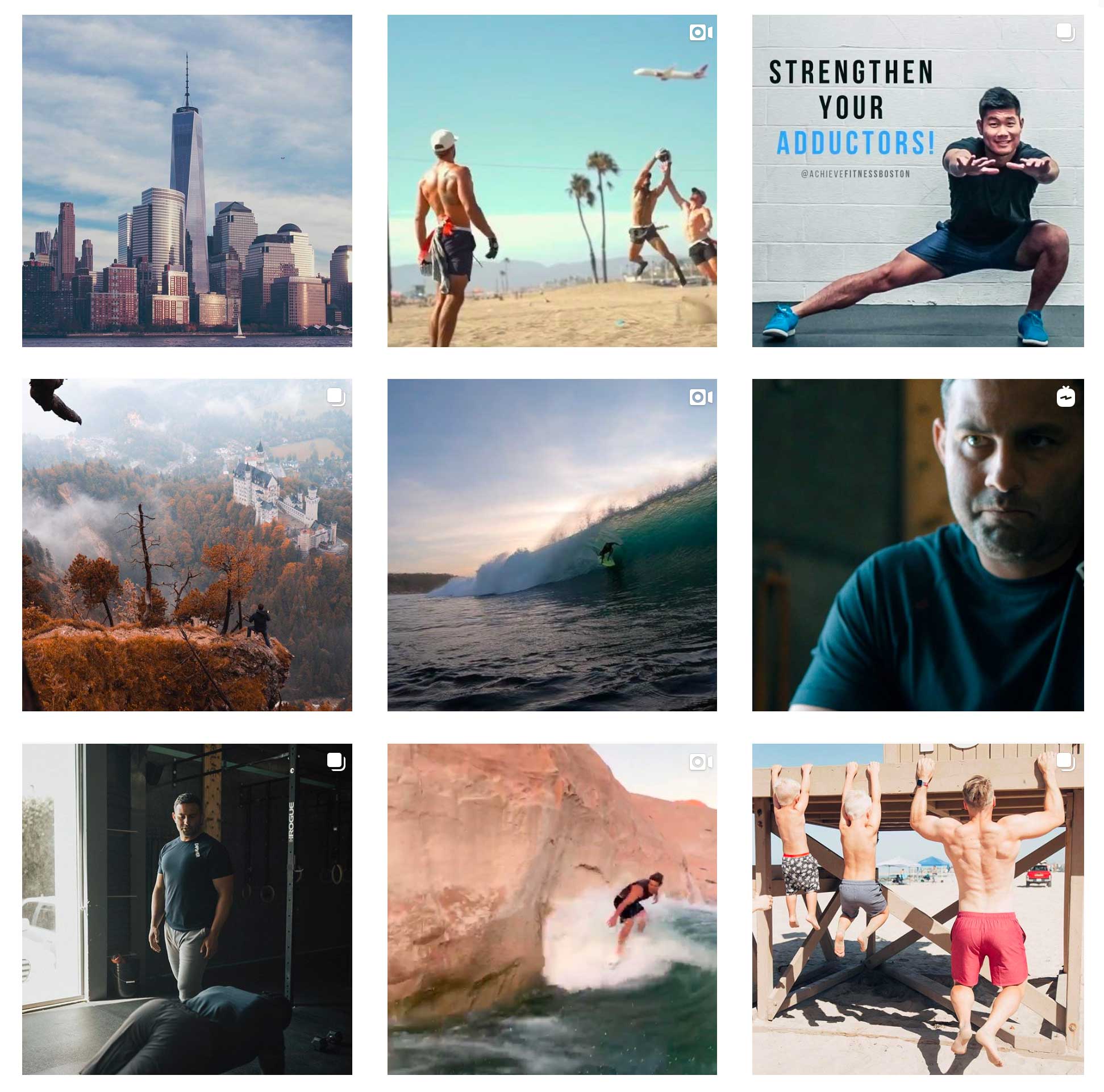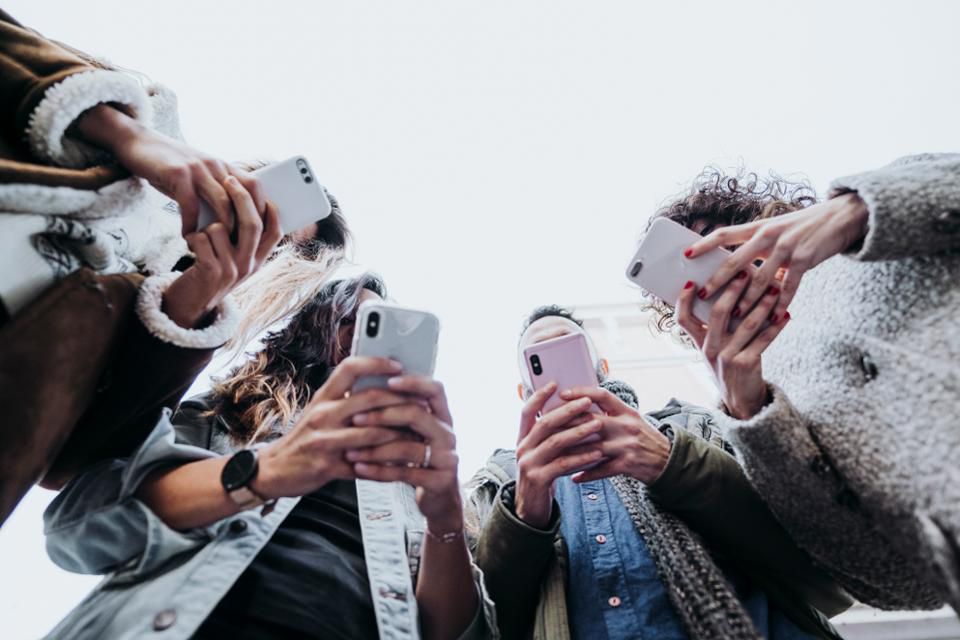- On Instagram, influencers can buy followers, comments, and likes on a post.
- So instead of using these metrics to measure the success of an influencer marketing campaign, many brands are instead focusing on other metrics, like saves and comment sentiment.
- Influencers also promote products on YouTube, and on that platform, many brands want to see how many viewers are engaging with a product’s website link, which points they are watching at, and where they are from.
- But even with these new measurements, some influencers have figured out tricks for inflating the numbers.
- Click here for more BI Prime stories.
As concerns about fake Instagram followers grow, many brands working with influencers are focusing more on performance metrics like saves and comment sentiment, which are harder to manipulate and can more accurately reflect the impact of a campaign.
Evan Asano, the CEO of the influencer marketing agency Mediakix, told Business Insider that many brands were looking at the quality of comments left on a sponsored Instagram post and the level of engagement from an influencer’s fans.
“As influencer marketing has exploded, brands are looking less and less for the biggest influencer, as they don’t always have the highest engagement or have time to engage with their fans,” Asano said. “Brands are starting to evolve their strategies to do longer-term partnerships with influencers who they consider ambassadors and love the brand. They are looking for a balance of influencers who engage with their fans, create authentic content, and partner with brands authentic to them, rather than anyone who will just pay them.”
Brands will usually come back after a campaign is over and ask for certain performance metrics from the influencer. These metrics vary based on platform, like YouTube or Instagram, and will often determine whether or not that brand will continue a relationship with an influencer.
Performance metrics on Instagram, from saves to comments
On Instagram, brands often want to see that an influencer’s followers are engaging with the post. They can measure this by asking for metrics like saves, comments, and likes.
Katy Bellotte, a YouTube creator (470,000 subscribers) and Instagram influencer (166,000 followers), earns money through a variety of ways online, with brand sponsorships at the top, she told Business Insider. In Bellotte’s experience, brands pay more for a package than a single post, she said. A package typically includes one post on Instagram, a story, and sometimes a 30- to 60-second mention in a YouTube video.
Bellotte said that after she posts sponsored content to Instagram, a company typically comes back and asks for specific performance metrics, and recently, she has noticed companies asking for how many views a story got and how many people saved the post to their personal account.
“You’ll notice there are some creators out there who are getting smart about this,” Bellotte said. “Saying, ‘To enter my giveaway, you have to save the post and then do X, Y, Z.’ Then, when brands ask for the save numbers, they have an inflated number because they’ll do things like that.”
Asano said brands were now looking at comments as a part of engagement, and if a majority of the comments are in a different language, then it’s possible the influencer bought comments. He said brands also track if followers are mentioning the company within the comments, or have any intent on purchasing the product mentioned.
Performance on YouTube, from links to viewer demographics
Another way influencers earn money is by promoting products within a YouTube video. In a YouTube sponsorship, a brand can request a timed mention (typically 60 seconds) or a dedicated video.
Dan Levitt, the CEO of the digital-talent management firm Long Haul Management, told Business Insider that he has noticed more brands tracking how many viewers are clicking on a brand’s website after a YouTube video sponsorship.
“Let’s say a creator is doing a video about new product X. In the past, the brand might only care about views, especially in the demographic they care about,” Levitt said. “Now, in addition, they might include a trackable Bitly link to the brand website to buy the product and would track how many visitors to the website the link brought, and how many of those visitors actually made a purchase.”
Mathew Micheli, a cofounder and managing partner at the influencer marketing agency Viral Nation, said brands still have a hard time understanding the value they are receiving from an influencer campaign. He said Viral Nation provides tools to measure in-depth video and post information, like which platform a viewer is watching from, where they are, and which point in a video they are dropping off at.
Other industry insiders told Business Insider there has been an increase in brands asking about the geographic information of an influencer’s audience. Typically, a YouTube manager or agent will send the brand their client’s demographic percentage from their YouTube analytics page. US brands are looking for a majority of viewers to be from the US.
Reed Duchscher, the CEO of the digital-talent-management firm Night Media, told Business Insider that brands ask his clients for channel demographics.
“Most want to see the percentage based in the US,” he said. “A few have also asked for the mobile watch time, like on apps. We get a lot of inquiries about case studies and past brand collabs as well.”
For more on the business of influencers, according to YouTube and Instagram stars, check out these Business Insider Prime posts:
- YouTube creator Natalie Barbu breaks down how much money she earns from a video with 100,000 views: Natalie Barbu, a social-media influencer and YouTube creator with 227,000 subscribers, shared how much money she earns from a video with 100,000 views.
- An Instagram influencer breaks down how much brands pay for sponsored posts, starting at 10,000 followers: The social-media influencer Jehava Brown spoke with Business Insider about how she determines her rates when negotiating with companies like Disney and Walmart.
- YouTube star Shelby Church breaks down how much money a video with 4 million views made her: The YouTube creator Shelby Church, who has 1.3 million subscribers, broke down how much she earned in Google AdSense from a video with 4 million views.
Feature Image Credit: Shutterstock

